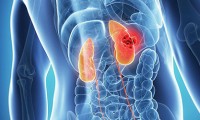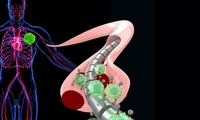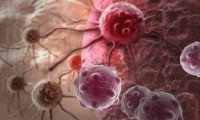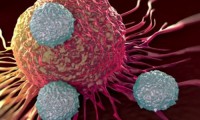-
Recently Discovered Kidney Cancer Driver could be Future Therapy Target
- Source: ScienceDaily
- 429
- July 25, 2018
-
Mersana’s Lead Cancer ADC Held Up by FDA for Patient’s Death
- Source: FierceBiotech
- 196
- July 25, 2018
-
Magnetic Wire Detects Cancer Cells in Flowing Blood
- Source: The Verdict
- 598
- July 21, 2018
-
New 3D Color X-Rays to Diagnose Cancer, Heart Disease and More
- Source: Medical Design and Outsourcing
- 1,211
- July 20, 2018
-
New Molecule Designed to Fight Cancer
- Source: ScienceDaily
- 749
- July 19, 2018
-
Recent Study Reports on Liver Cancer Risks and Detection
- Source: Healio
- 560
- July 19, 2018
-
New Method Shows Real Time Drug-Target Engagement between Cancer Cells
- Source: ScienceDaily
- 743
- July 17, 2018
-
Fitbit Charge HR – Assessment of Health Conditions in Cancer Patients
- Source: MobiHealthNews
- 674
- July 12, 2018
-
China’s Drastic Reduction in Cancer Drug Price
- Source: FiercePharma
- 799
- July 11, 2018
-
Screening of Pancreatic Cancer via Smartphone App
- Source: mHealthSpot
- 733
- July 4, 2018
your submission has already been received.
OK
Subscribe
Please enter a valid Email address!
Submit
The most relevant industry news & insight will be sent to you every two weeks.













